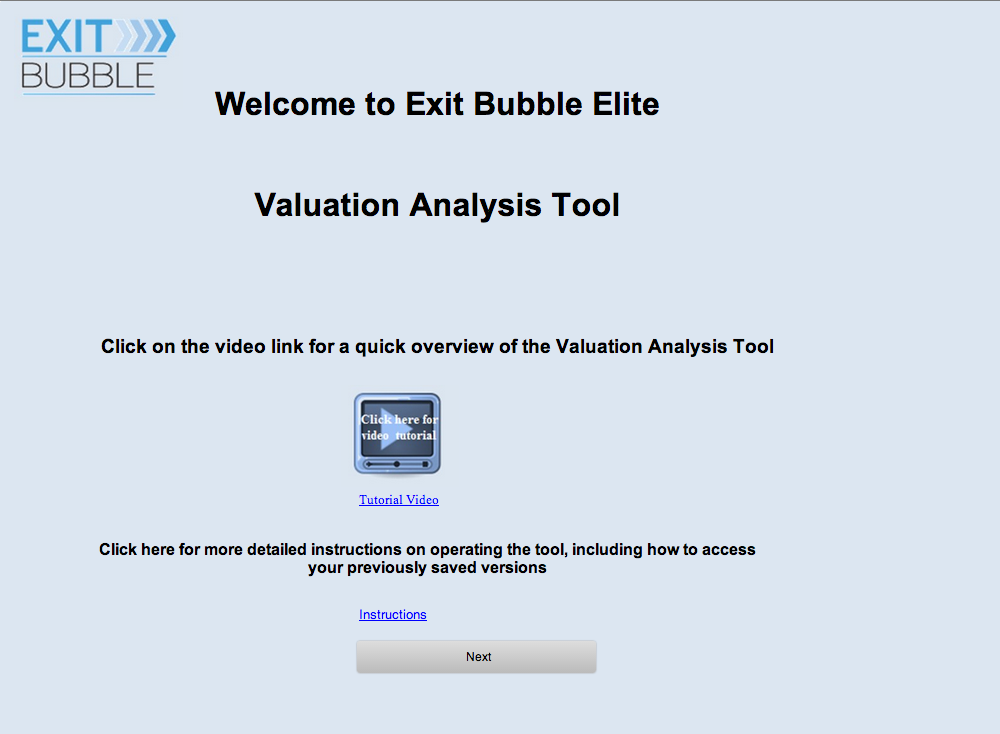Market Approach of Business Valuation
Post on: 30 Апрель, 2015 No Comment

The origin of market approach of business valuation is established in the economic rationale of competition. It states that in case of a free market, the demand and supply effects direct the value of business properties to a particular balance.
The purchasers are not ready to pay higher amounts for the business and the vendors are not ready to receive any amount, which is lower in comparison to the value of a corresponding commercial entity. The market approach of business valuation ascertains the value of a firm by performing a comparison between the firms concerned with organizations in the similar location, of equal volume or operating in the similar sector.
It has a large number of resemblances with the comparable sales technique, which is generally utilized in case of real estate estimation. The market value of shares of companies that are traded publicly and are involved in identical commercial activities may be a logical signal of the value of commercial operation. In this case the company shares are bought and sold in an open and free market.
This process allows purposeful comparison of the market value of shares.
The problem exists in distinguishing public companies, which are adequately corresponding to the company concerned for this intention. In addition, in case of a private company, the liquidity of the equity is lower (put differently, its shares are difficult to trade) in comparison to a public company. The value is regarded as somewhat lesser in comparison to that a market-based valuation will render.
One important method that is applied in the market approach of business valuation is the Guideline Public Company Method. This technique implies a relation between the companies that are publicly traded and the firm in question. The process of comparing is commonly carried out on the basis of printed information about the return and share prices of public companies, revenues and sales and this is represented as a component or quotient termed as a multiple. In case the guideline public companies carry adequately same types of features, their multiples have to be approximately equivalent at the time of logical comparison. The public companies that have been distinguished for the intention of comparison have to be similar to the firm in question regarding product lines, sector, growth, market, as well as risk.
In case of a separate variance of this technique, the appraiser can ascertain the market multiples with the help of a reassessment of the printed information about the real deals including either regulatory or minority interests either in companies owned by a limited number of shareholders or publicly traded organizations. For assessing that a logical ground for comparison is present or not, the appraiser has to take into account the following:
- The resemblances of quantitative and qualitative investments and the features of the investors
- The degree to which the dependable information is cognized regarding the deals where the guideline company interests had been traded
- If the price, which is given to the guideline companies has been derived from either a distressed or a forced selling or an arms-length deal
For distinguishing guideline companies that can be compared with the company in question for the appraisal report, the verification is frequently done on information supplied by the Center for Economy and Industry Research, which is an organization approved by the National Association of Certified Valuation Analysts. The collection of data is done by Multex and BIZCOMPS that are two highly utilized data suppliers.
More Information Related to Corporate Finance














